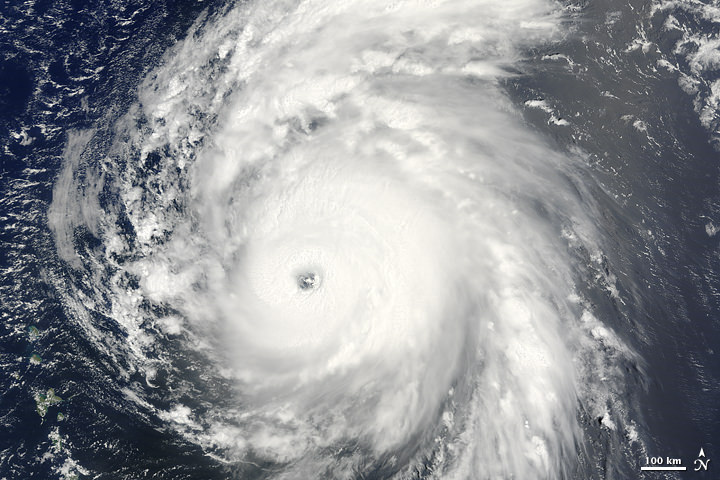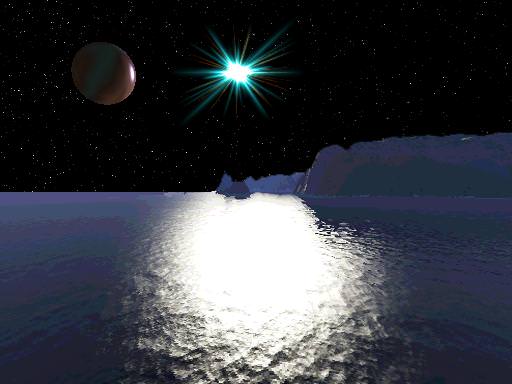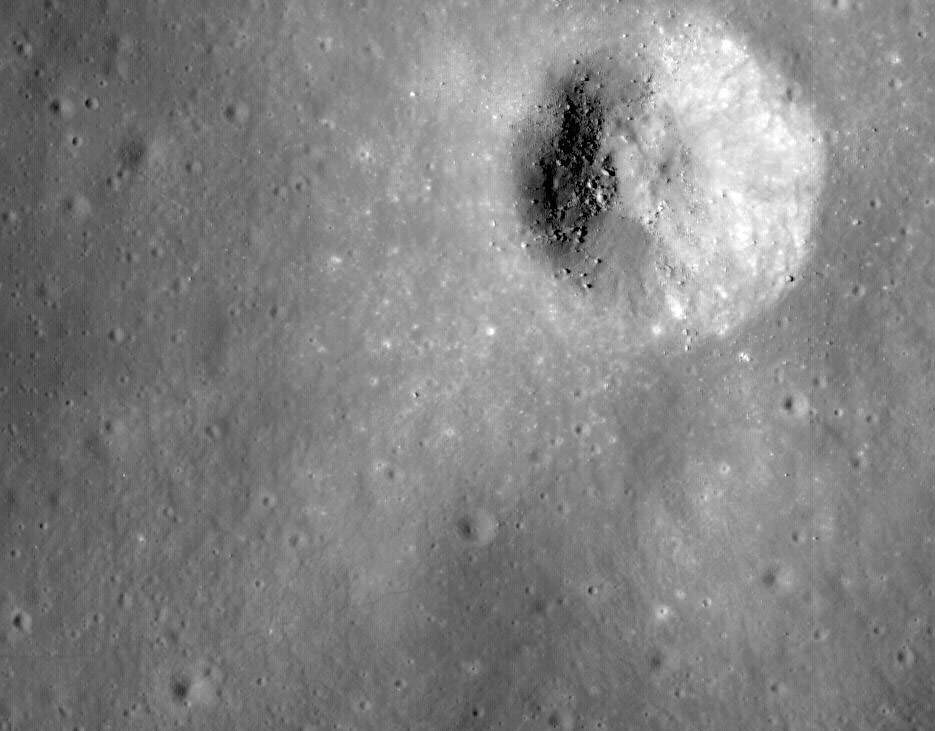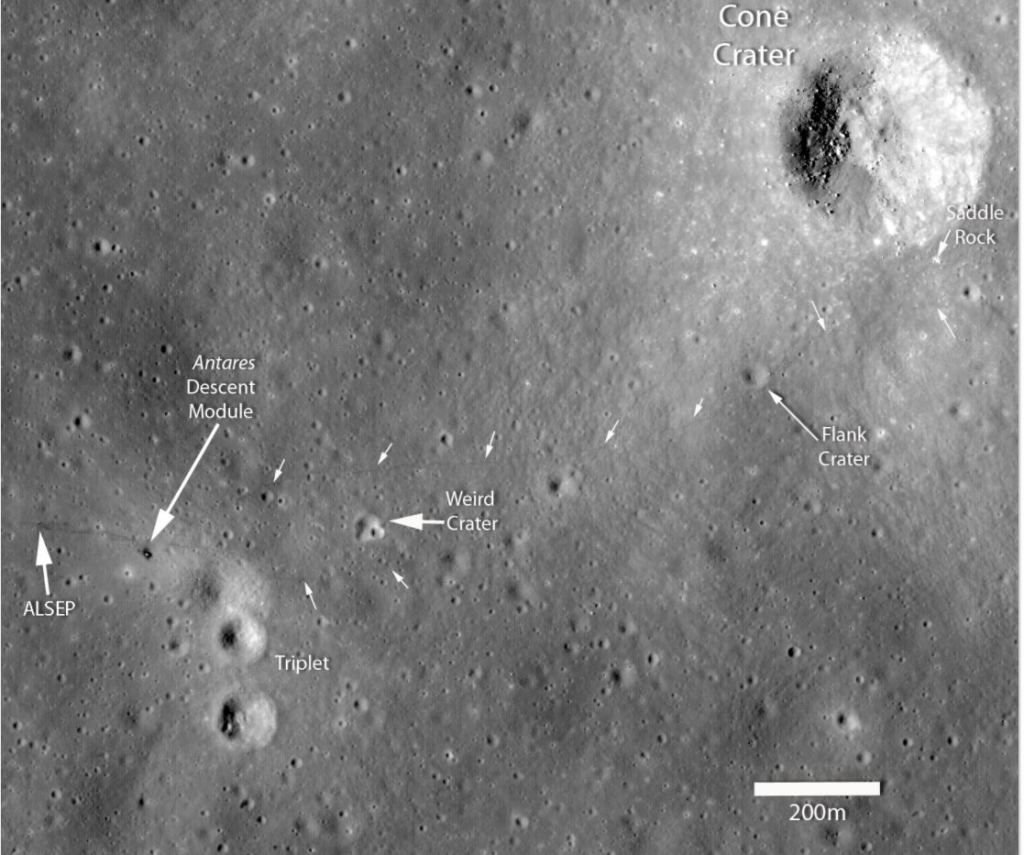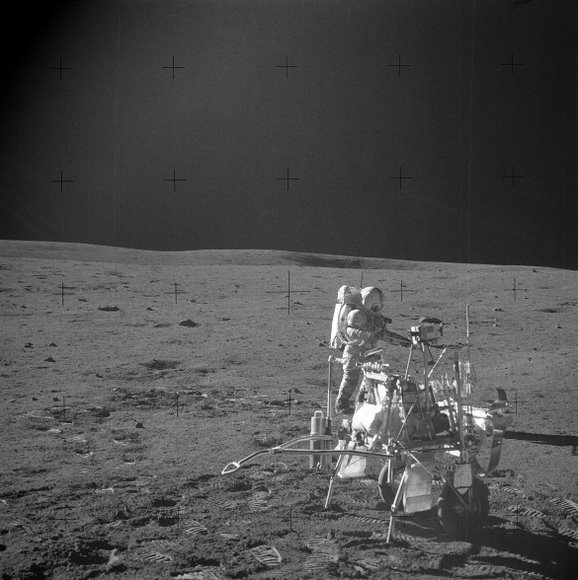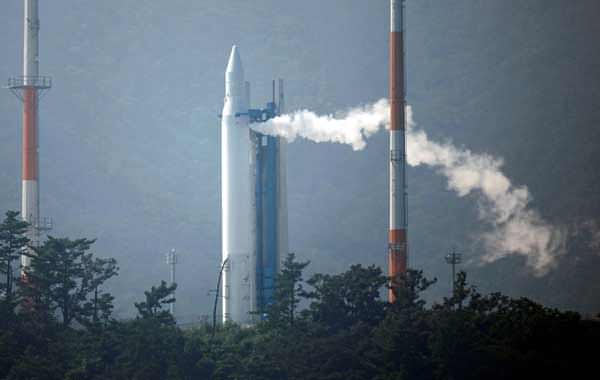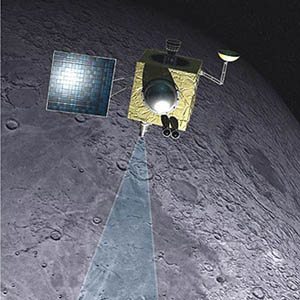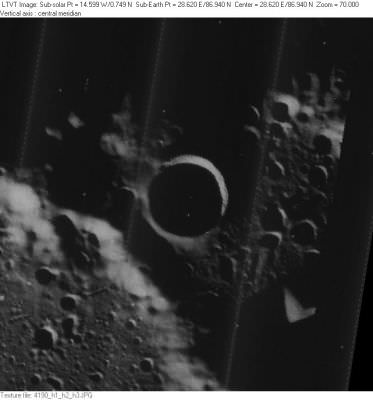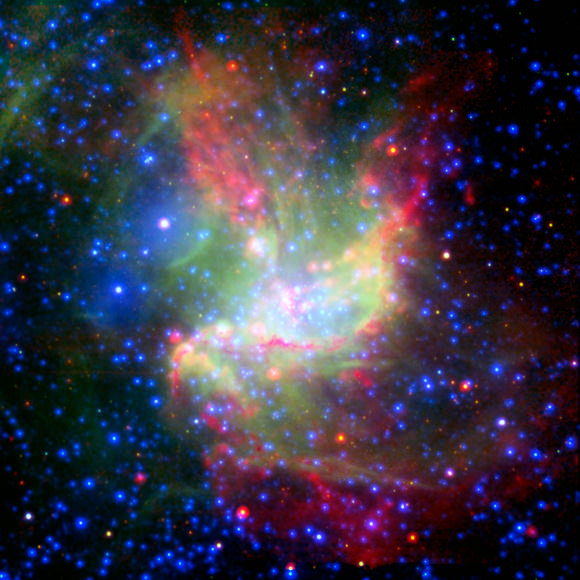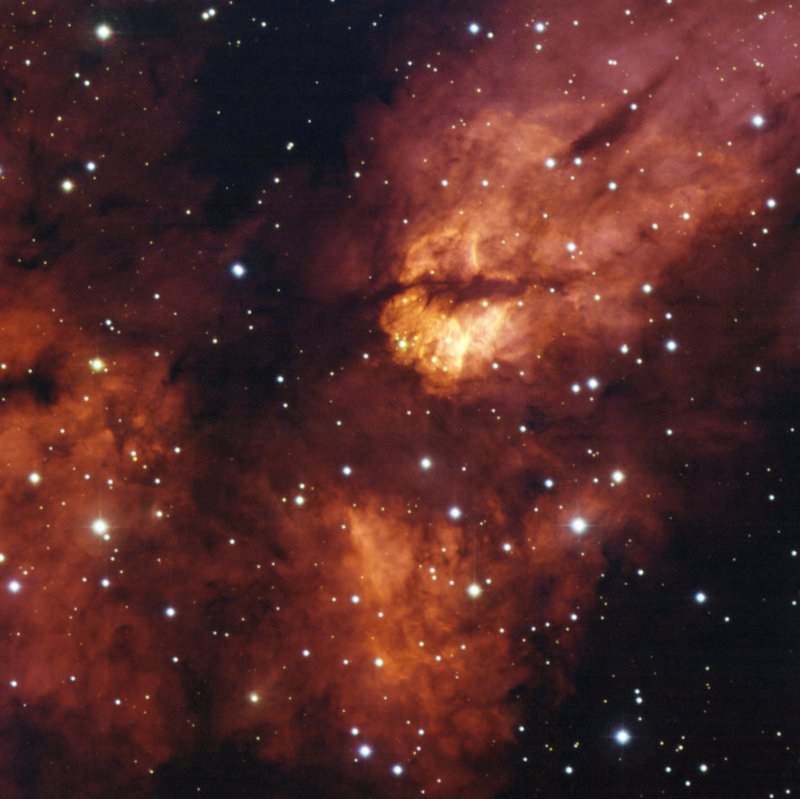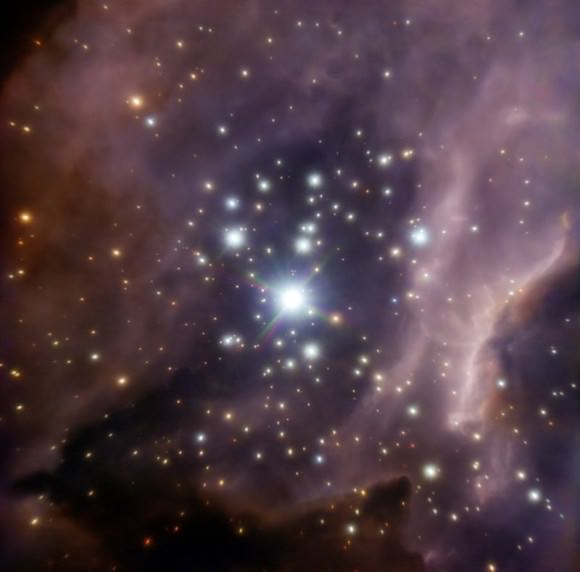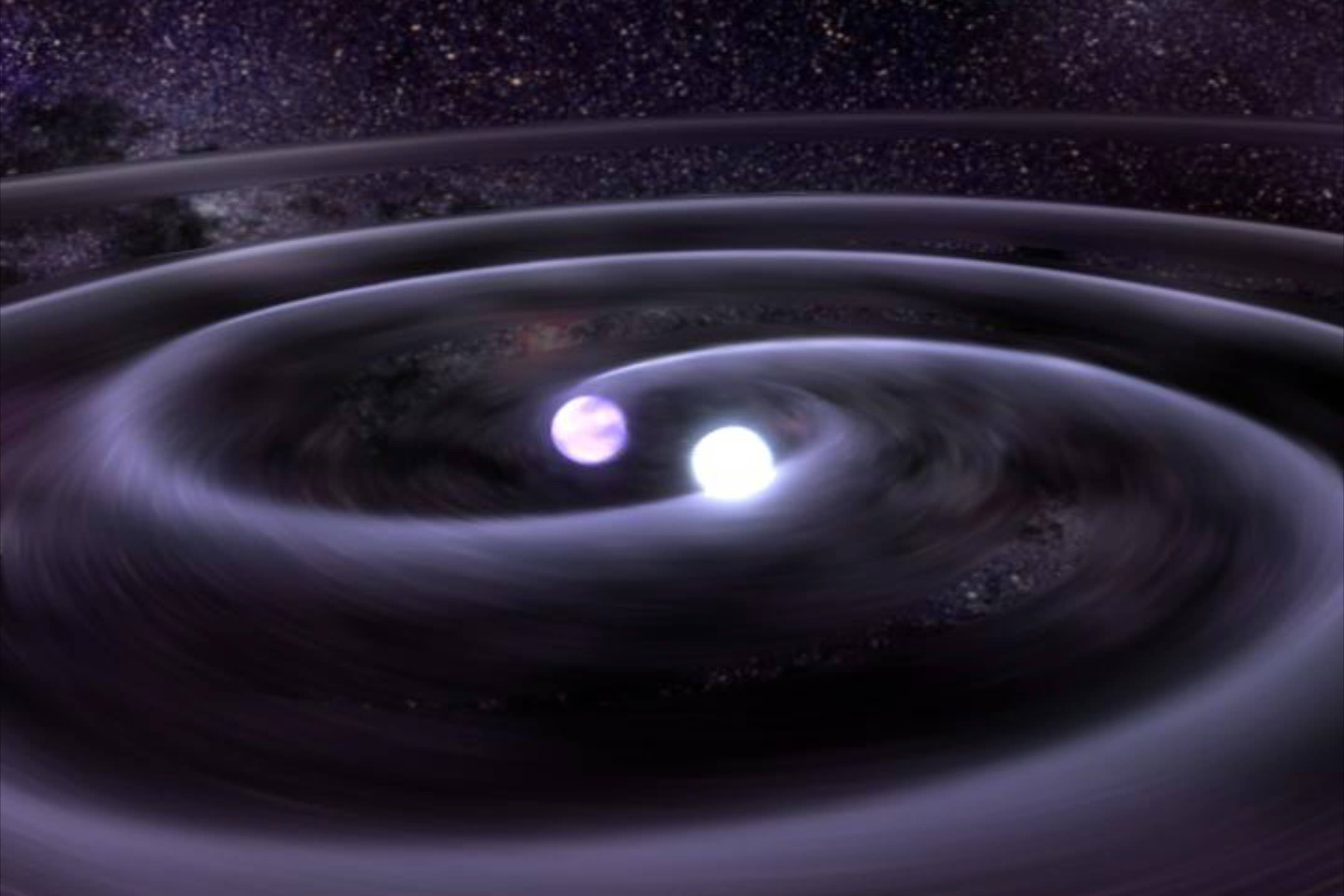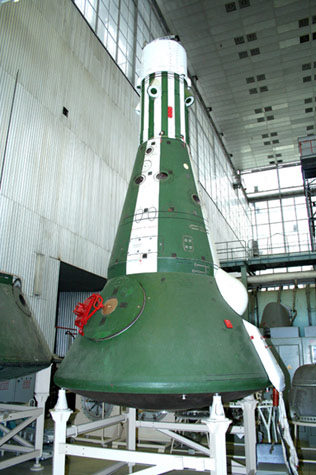Well, as luck would have it – it’s cloudy in Central Victoria again. For those manning the IYA “Almost Live” Telescope, we had a feeling that just might happen, so when we had a clear night? Hey… We took advantage of it and did as many objects as possible. Although you might have caught the action as it happened about 24 hours ago, it ain’t happenin’ now – so why not kick back and enjoy a few seconds at the eyepiece courtesy of a video capture? We always think of you. Step right this way. Your virtual eyepiece is waiting….
In astronomy, the Pleiades, or seven sisters, (Messier object 45) are an open star cluster in the constellation of Taurus. It is among the nearest star clusters to Earth and is the cluster most obvious to the naked eye in the night sky. Pleiades has several meanings in different cultures and traditions.
The cluster is dominated by hot blue stars that have formed within the last 100 million years. Dust that forms a faint reflection nebulosity around the brightest stars was thought at first to be left over from the formation of the cluster (hence the alternate name Maia Nebula after the star Maia), but is now known to be an unrelated dust cloud in the interstellar medium that the stars are currently passing through. Astronomers estimate that the cluster will survive for about another 250 million years, after which it will disperse due to gravitational interactions with its galactic neighborhood.
And our last target for the night? Oh… You got it…
The Orion Nebula (also known as Messier 42, M42, or NGC 1976) is a diffuse nebula situated south of Orion’s Belt. It is one of the brightest nebulae, and is visible to the naked eye in the night sky. M42 is located at a distance of 1,344±20 light years and is the closest region of massive star formation to Earth. The M42 nebula is estimated to be 24 light years across. Older texts frequently referred to the Orion Nebula as the Great Nebula in Orion or the Great Orion Nebula. Yet older, astrological texts refer to it as Ensis (Latin for “sword”), which was also the name given to the star Eta Orionis, which can be seen close to the nebula from Earth.
The Orion Nebula is one of the most scrutinized and photographed objects in the night sky, and is among the most intensely studied celestial features. The nebula has revealed much about the process of how stars and planetary systems are formed from collapsing clouds of gas and dust. Astronomers have directly observed protoplanetary disks, brown dwarfs, intense and turbulent motions of the gas, and the photo-ionizing effects of massive nearby stars in the nebula. There are also supersonic “bullets” of gas piercing the dense hydrogen clouds of the Orion Nebula. Each bullet is ten times the diameter of Pluto’s orbit and tipped with iron atoms glowing bright blue. They were probably formed one thousand years ago from an unknown violent event.
As always, keep checking! We’ll have the scope up and running whenever there is an opportunity and keep an eye out for something very new and exciting we’re about to add!
Factual Information courtesy of Wikipedia


